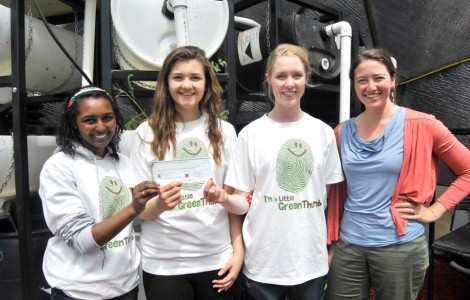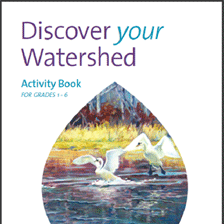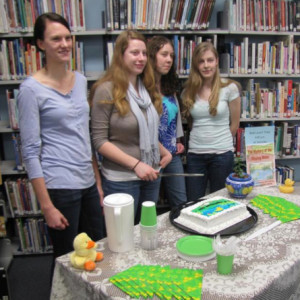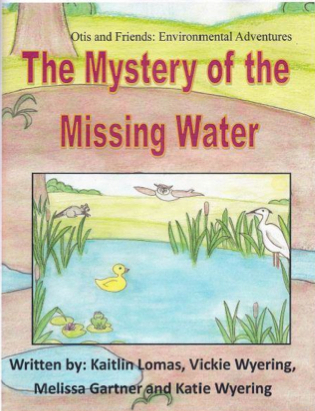2023, Lloydminster, Alberta, Canada
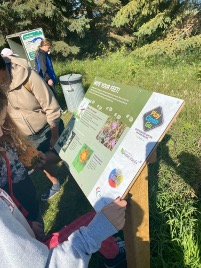
Cassy and Emmett were concerned about the presence of invasive plants in their watershed, so they came up with the idea of boot brush stations. Since invasive plant species can get onto the shoe’s of hikers, a boot brush can stop the spread into different areas. A benefit from these stations is that native plants will continue to thrive in the environment, and parks will have more management against invasives.
Their project targeted the Sustainable Development Goals #6 Clean Water and Sanitation (6.6), #14 Life Below Water (14.1, 14.2), and #15 Life Above Water (15.1, 15.5, 15.8).
They started with building stations to install into parks around their county and city with the help of their class. A sign is attached to each station with information on invasives and why it is important to use these stations before going onto a trail. Cassy and Emmett were able to work with their local municipalities to get permission to put their stations in 4 parks. They even donated a few to their local watershed group.
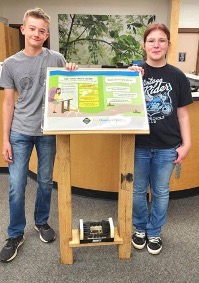

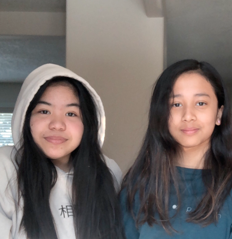
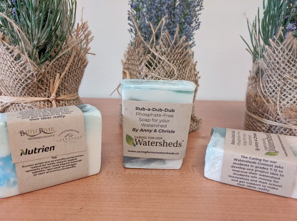
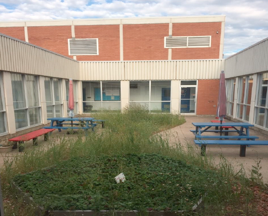
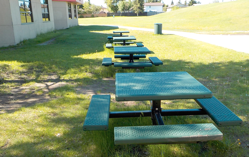

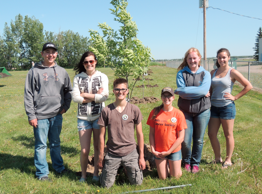
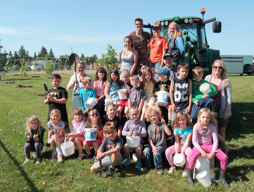
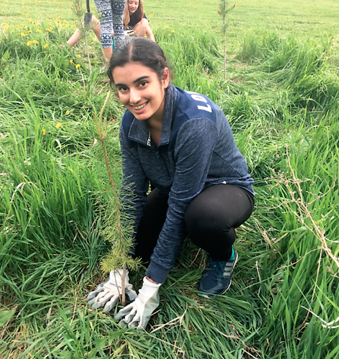
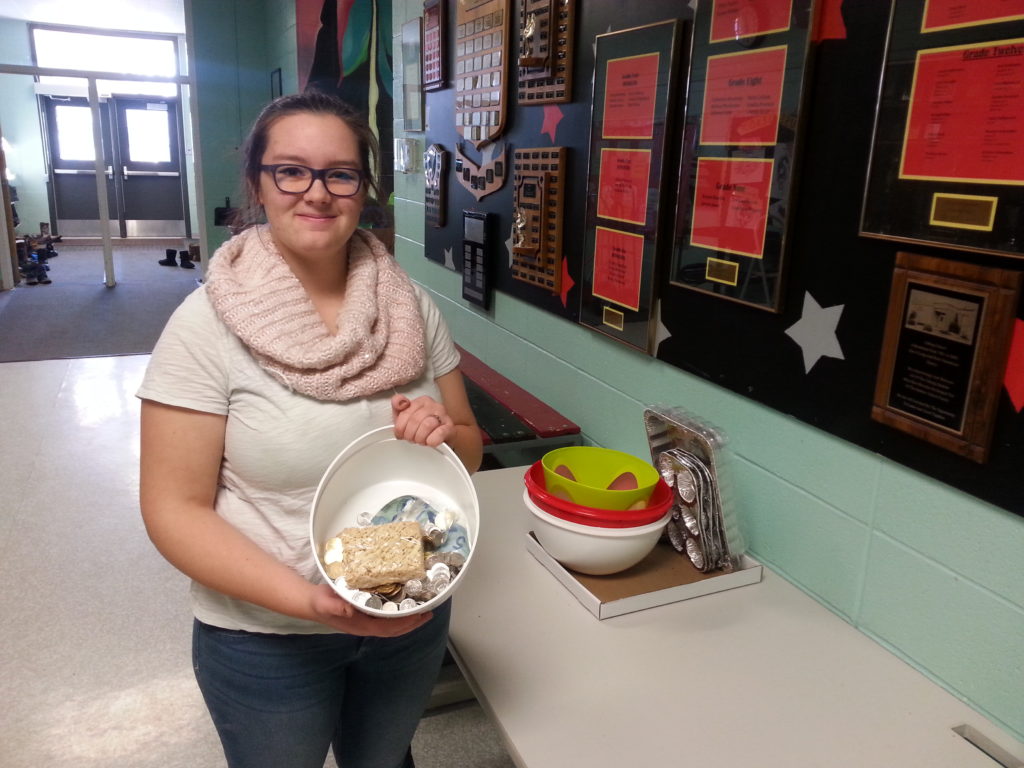 help protect her watershed by protecting wetlands. She learned that wetlands are important habitat for lots of animals, help improve water quality, and help store water for dry times.
help protect her watershed by protecting wetlands. She learned that wetlands are important habitat for lots of animals, help improve water quality, and help store water for dry times.